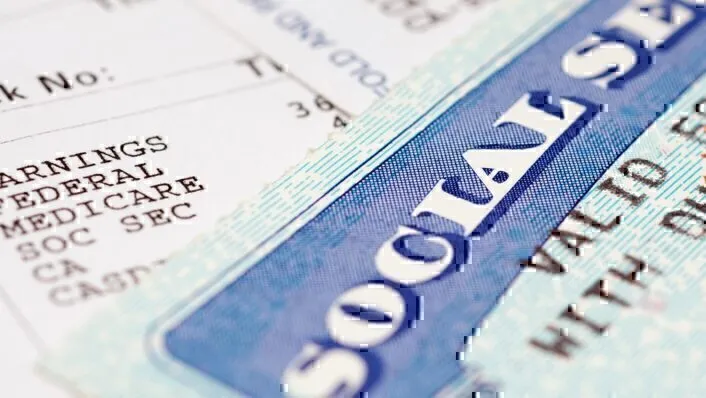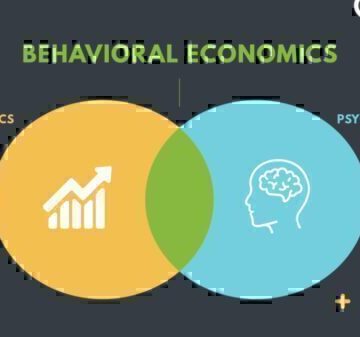
Social Security benefits are part of the retirement plan of almost every American worker. The Social Security Administration is the agency in the federal government charged with making sure the program runs smoothly.
When you work and pay Social Security taxes, you earn “credits” toward Social Security benefits. The number of credits you need to get retirement benefits depends on when you were born. If you stop working before you have enough credits to qualify for benefits, the credits will remain on your Social Security record. If you return to work later on, you can add more credits so that you qualify. No retirement benefits can be paid until you reach the required number of credits.
Benefit Payment Amount
Your benefit payment is based on how much you earned during your working career. Higher lifetime earnings result in higher benefits. Your benefit payment is also based on your retirement age. If you retire earlier, your payment will be lower than if you retire at an older age. Age 62 is earliest you can receive Social Security benefits.
Each year, you receive a Social Security statement. It provides you with a record of your earnings and estimates your Social Security benefits would be at different retirement ages. It also estimates the survivor benefits Social Security would provide to your spouse and eligible family members if you die.
Retirement Benefit Estimates
You can use the online Retirement Estimator at www.socialsecurity.gov to get immediate and personalized retirement benefit estimates. The estimator pulls in your earnings records and allows you to create “what if” scenarios. For example, you can change your “stop work” dates or expected future earnings to create and compare different retirement options.
Full Retirement Age
If you were born in 1942 or earlier, you are already eligible for your full Social Security benefit. If you were born after 1942, the age at which full retirement benefits are payable increases gradually from age 66 to 67.
Early Retirement
You can get Social Security retirement benefits as early as age 62, but if you retire before your full retirement age, your benefits will be reduced based on your age. For example, if you retire at age 62, your benefit would be about 25 percent lower than if you waited until you reach full retirement age. Some people stop working before age 62. But if they do, the years with no earnings will likely result in a lower Social Security benefit when they retire. If you retire early due to health problems, consider applying for Social Security disability benefits. The amount of the disability benefit is the same as a full retirement benefit.
GreenPath Financial Service
GreenPath, A Financial Resource
If you’re interested in building healthy financial habits, paying down debt, or saving for what matters most, take a look at these free financial tools.










